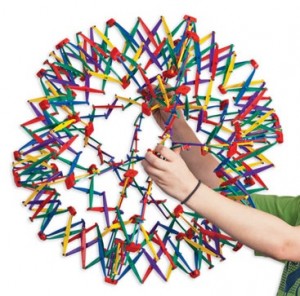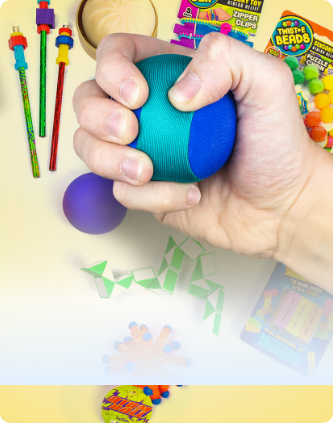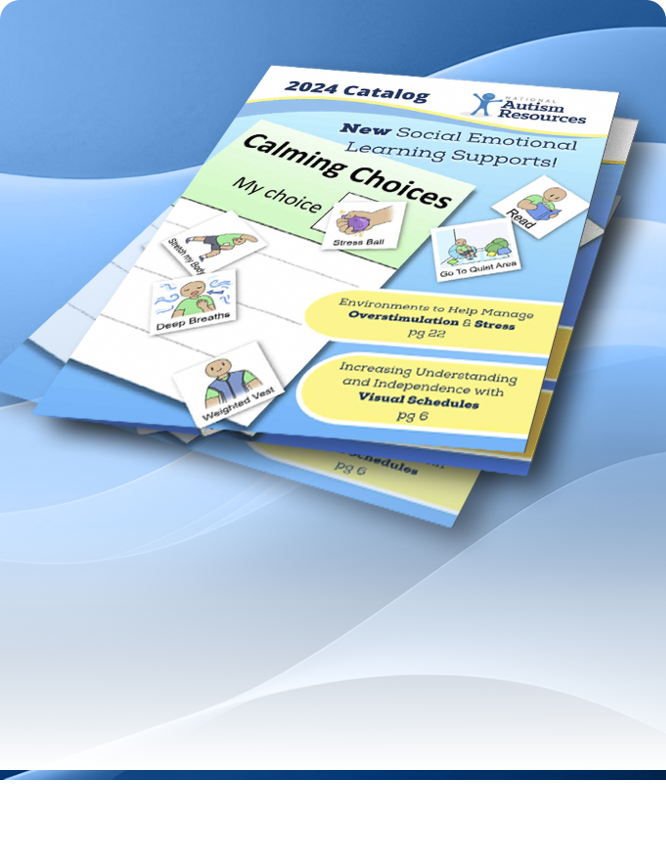Autism Anger Management: How to Visually Teach Deep Breathing
Feb 26th 2019

Breathing patterns can have a deep effect on our health. Our breathing patterns can also help us to recognize our emotional state. For example, in times of stress, breathing can become fast and shallow. Conversely, our breathing pattern often become slow and deep as we lay in bed while going to sleep. Mindfulness breathing exercises teach students to focus on feeling the sensations of their breath.
Mindfulness breath activities seek to teach students to become aware of these breathing patterns and to use them to help with self regulation. Recognizing and changing our breathing patterns can help us to calm, relax, and refocus. Breathing exercises have been a standard part of many self regulation programs for years.
Trying to teach mindfulness breath exercises can be difficult for children. Breath is something we can't see and the idea of changing your breath can be an abstract concept that is hard for some students to visualize.
To help students in these situations teachers and therapists often use a Hoberman Sphere as a visual prompt to teach students deep breathing techniques. Slowly expanding and contracting the sphere is a great visual support that can help students with communication challenges how to take deep breaths.
To begin, ask students to breathe in deeply from down in their belly as you slowly expand the Hoberman sphere. As children are breathing you can have them place their hands on their belly so they can feel it expanding like a balloon.
Once the lungs are full of air and the sphere is round, ask students to hold their breath for a count of three.
Next have students slowly exhale as you slowly close the sphere. You can have students place their hand in front of their mouth so they can feel the air come out of their mouth.
Repeat this exercise ten to twelve times.
A couple of tips:
- For some students hand over hand instruction may be needed. Stand behind the students and place your hands over theirs. Then expand and contract the ball to match their breath.
- As you practice deep breathing exercises try to create a quiet, distraction free environment.
- Don't try to teach this exercise while a student is anxious, upset or dysregulated. It's best to introduce this exercise and practice it while students are in a calm state.
Once your students have grasp the concept of deep breathing you can leave the Hoberman sphere in a quiet area of your classroom as a self-regulation tool. This simple self-regulating exercise can become a powerful tool to help the children you work with learn to calm and refocus.







